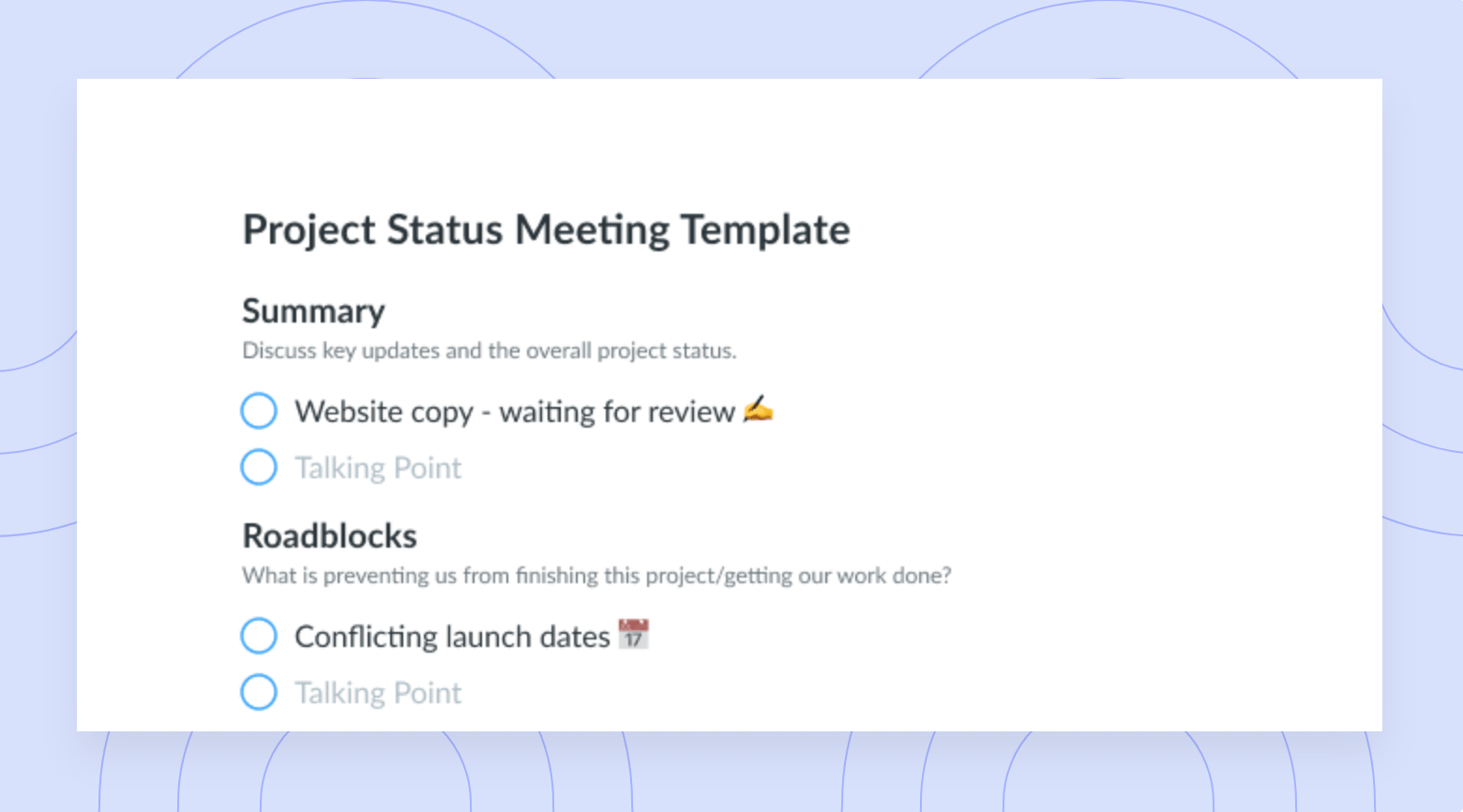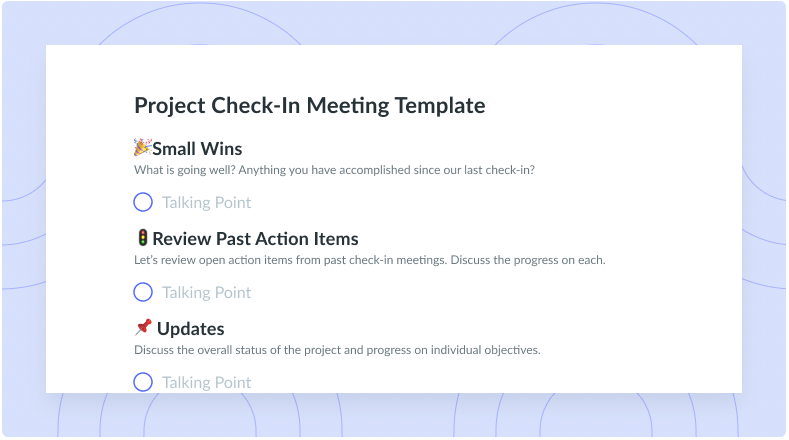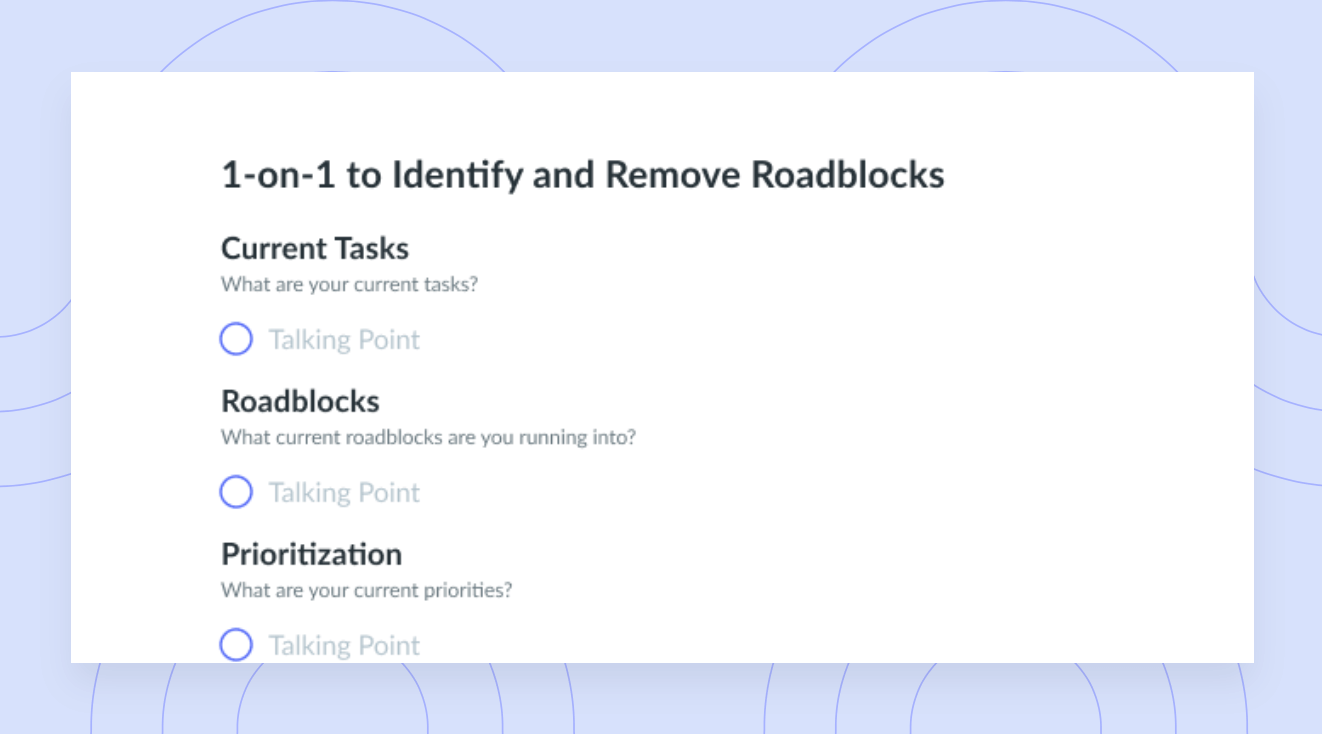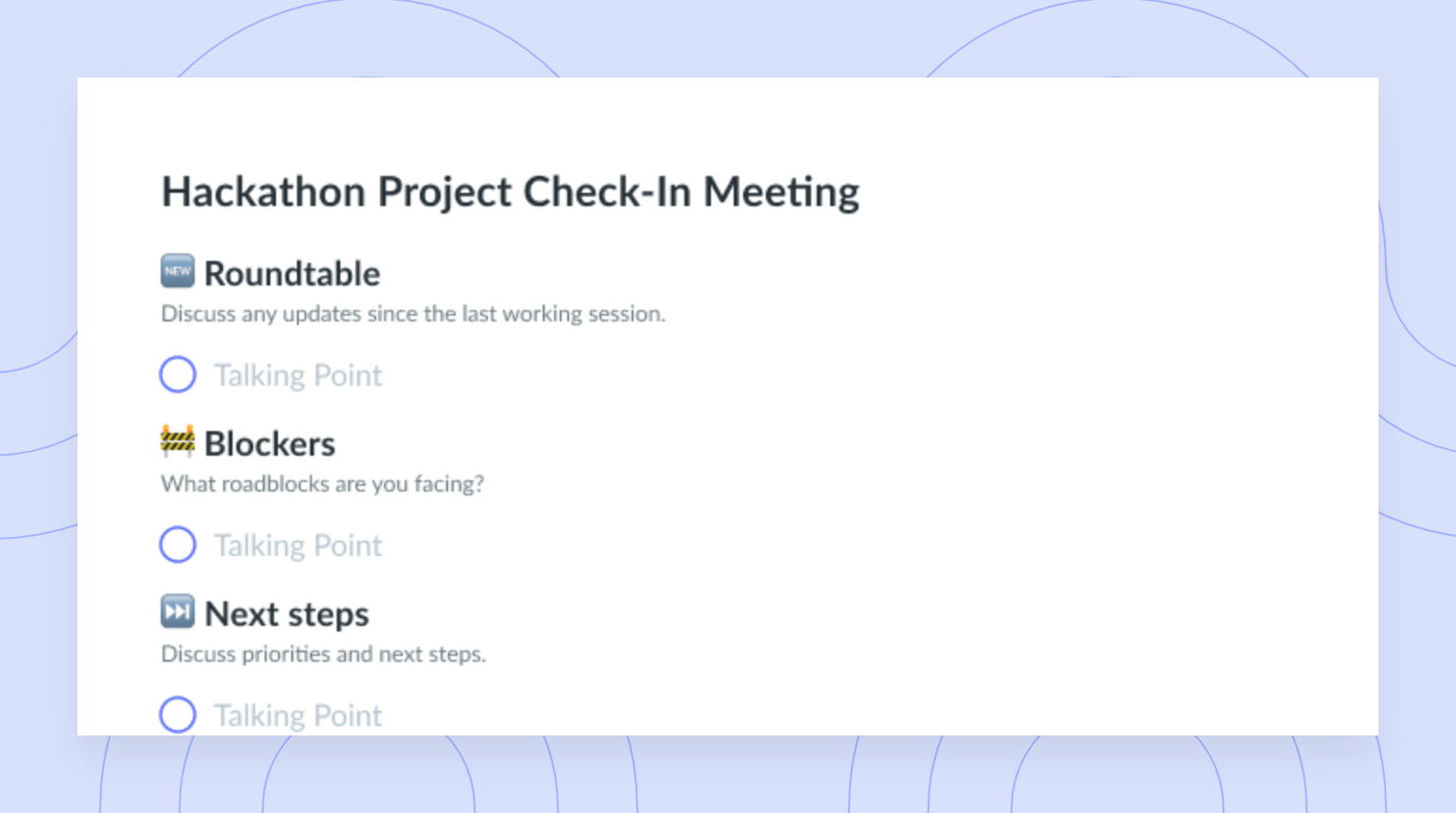Addressing Project Management Dependencies
Know how your project’s tasks are connected, and find the best ways to manage them from start to finish here!
You depend on your team to complete project tasks, and this is more than a one-way street. Your team also depends on you to be a good project manager who oversees every part of the project and guides everyone toward ideal results. Your final product depends on how your team handles all its tasks and how you guide your team.
This is where project dependencies come into play. Managing project dependencies is key to working through your project and all its tasks the right way. Keep reading to learn all about project management dependencies and how you can effectively manage them.
- What are dependencies in project management?
- Types of task dependencies in project management
- Project management dependencies: a mini-glossary
- The 6 most common project management dependencies
- Other common dependencies to know
- How to effectively manage dependencies in project management
What are dependencies in project management?
Project dependencies occur when tasks rely on the completion of other tasks. Say, for example, a program needs a software update before a team member can add a section to a database. In this case, updating software and adding to the database are project management dependencies.

Meetings worth showing up to
A well-run meeting can foster communication and collaboration by including an agenda the whole team can contribute to. Try using a tool like Fellow!

Types of task dependencies in project management
Below are the different ways project tasks depend on each other.
- Finish-to-start. This is the most common type of dependency in project management. With this type of dependency, your team can’t start Task B until they’ve finished Task A.
- Finish-to-finish. This type of dependency is common with tasks that have smaller tasks within them. With finish-to-finish dependencies, your team can’t finish Task B until they’ve finished Task A.
- Start-to-start. This type of dependency covers tasks that need to happen at the same time. Task B can’t start until Task A starts, and then, they’ll happen together.
- Start-to-finish. These dependencies have some tasks in common. With this type of dependency, Task A needs to start before Task B can be finished.
Project management dependencies: a mini-glossary
To help you better understand project management dependencies, below are definitions for key terms you’ll often see.
- Constraint. Project constraints are limits or risks that can affect your project’s progress and outcome. There are several types of project constraints, including time, scope, and cost, that come up for just about every project.
- Critical path. A project’s critical path is the longest amount of time a string of tasks might take. If any tasks on the critical path get delayed, the entire project’s timeline could be pushed back.
- Lag. This term defines how long you wait to start a task after you’ve finished the one before it.
- Lead. This refers to how much sooner you can finish a later task if you wrap up a previous task sooner than expected.
- Blockers. A blocker is any obstacle that keeps you from doing certain tasks. Blockers can be external or internal – technical difficulties, a team member calling out sick from work. They’re always problems you have to solve before you can move forward.
The 6 most common project management dependencies
Project managers work with several types of dependencies. Here are some of the most common ones.
- Logical dependencies
- External dependencies
- Internal dependencies
- Cross-team dependencies
- Resource dependencies
- Preferential dependencies
1Logical dependencies
Logical dependencies happen naturally – they’re necessary for any great project. Also known as causal dependencies, tasks with logical dependencies need to happen one after the other instead of at the same time.
2External dependencies
As you might expect, external dependencies come from outside your organization. Naturally, you don’t have as much control over these dependencies. For example, you might need a client or stakeholder to sign off on a report before your team can move forward.
3Internal dependencies
The opposite of an external dependency, an internal dependency lies within your project team. That means you have more say in handling these dependencies. Pretty much any tasks your team doesn’t need to look outside your organization to finish can be internal dependencies.
4Cross-team dependencies
This type of dependency occurs when team members, or entire teams across departments, need each other to work on and finish tasks. These dependencies require top-notch cross-functional collaboration so that everyone can stay on the same page.
5Resource dependencies
Resource dependencies happen when you need the same resources to complete two or more tasks. You might have one software engineering manager on your team but two sets of tasks they should prioritize.
6Preferential dependencies
Preferential dependencies might help move your project along or make for better deliverables, but they’re not essential. For example, you might want to review a status report a team member drafted before sending it to a client. Could this help you? Sure, but it might get in the way of sending the report on time.
Other common dependencies to know
There are some other less common but still important dependencies you should know.
- Direct dependencies. A direct dependency exists when a preceding task entirely depends on the next task.
- Mandatory dependencies. These dependencies, also known as hard logic, are absolutely essential. They’re typically based on laws, regulations, and organizational procedures.
- Upstream dependencies. Upstream dependencies are steps that need to happen before your project can move to the next step. For example, you might need a supplier to deliver some keyboards before you can get new team members set up at their workstations.
- Transitive dependencies. A transitive dependency exists only because another dependency needs it.
How to effectively manage dependencies in project management
Now that you know how to pinpoint some common project management dependencies, it’s time to learn the best ways to address them. Below are some tips for effectively managing project management dependencies.
- Identify dependencies and project risks
- Break larger processes into small task groups
- Find the critical path
- Talk to your stakeholders
- Keep an eye on dependencies
- Use the Agile methodology
- Encourage healthy communication
1Identify dependencies and project risks
Look at the project tasks you’ve outlined and figure out how they’re related. This is also the perfect time to consider your project constraints. These limits and risks impact the ways you can address your project dependencies.
2Break larger processes into small task groups
If your team is trying to finish several different tasks at once, other team members can get stuck waiting for what they need. To solve this problem, break your processes into smaller groups. From there, your team can more strategically work through these groups and save time instead of juggling a bunch of tasks.
3Find the critical path
If you see that your list of dependencies is quickly stacking up, you might be trying to work through too many. Here’s where the critical path can come in handy. You can look at your critical path to prioritize tasks that are key to your project. This way, you can focus on the dependencies that matter most.
4Talk to your stakeholders
You should keep your clients and stakeholders in the loop with reports and updates about your project. Keeping up with your project’s dependencies can help you give stakeholders an accurate view of your progress. This way, you can confidently share where your team is at and where they’re heading next.
5Keep an eye on dependencies
Every project is a work in progress, so its tasks can change – and so can its dependencies. This is a great reason to track your dependencies as your team works through projects. This way, you know exactly what your team needs to work through and how everyone can most efficiently check all the boxes.
6Use the Agile methodology
Whereas the waterfall method is a linear, rigid approach to project management, the Agile method is much more, well…flexible. The Agile method can help you visualize dependencies, prevent bottlenecks, and adjust your team’s workflows as needed. You can use this method and related tools, such as kanban boards and Gantt charts, to see and track how tasks are connected.
7Encourage healthy communication
Encouraging your team members to communicate with stakeholders and each other can help everyone move the project forward. As soon as a team member does their part, they should tell the next member so that person can get started.
If there are any task delays, dependent team members need to know about them so they can adjust their workflows. Hosting regular meetings is key to checking in on your team’s progress and maintaining team-wide communication.
Creating a dependable process
Project dependencies play a large role in how your project progresses. They can show you how your project’s tasks are connected and how you can best manage them for top productivity. As you work through projects, you’ll need to keep track of all their dependencies. That means holding regular team meetings to streamline the entire project plan.
Fellow is a great resource for all things meetings. You can use Fellow to collaborate with your team on meeting agendas, assign and manage meeting action items, and host powerful cross-functional meetings. With Fellow, you can trust that you and your team are effectively managing all your project’s dependencies from top to bottom.




























